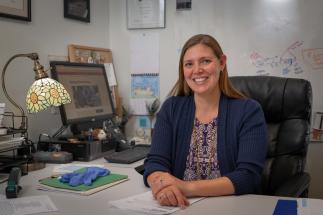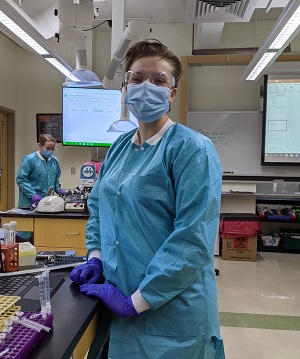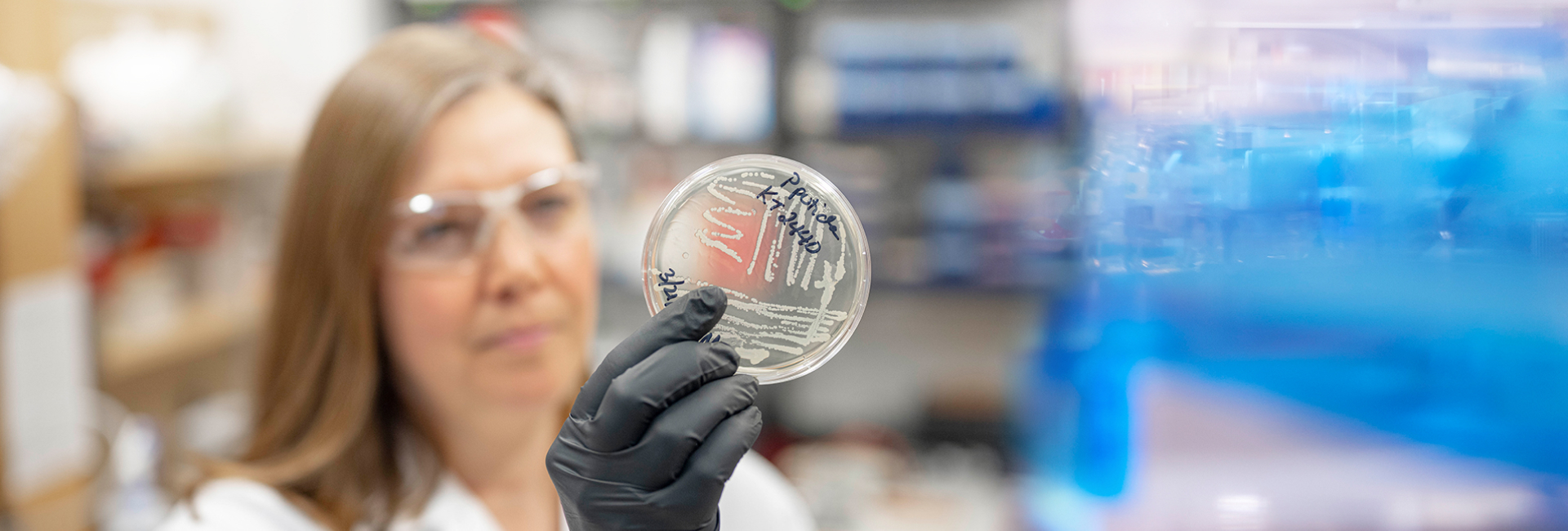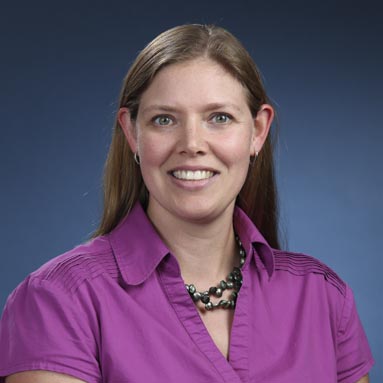A WPI researcher and team of students were part of a group of 244 laboratories around the world that demonstrated a solution to a long-standing problem in biology—estimating the number of bacteria in a liquid sample.
Natalie Farny, assistant professor of biology and biotechnology, and seven current and former WPI undergraduates participated in the 2018 study, which concluded the best way to estimate the density of tiny E. coli bacteria in a liquid culture was by diluting a known quantity of silica microspheres in the culture, shining a light through it, and making an optical density calculation.
“The hypothesis was that if we could find a good calibrant for the optical density measurement, a lot of labs could report findings from the same experiment in the same units and get the same result,” says Farny. “We found that the results were accurate and reproducible.”
Findings were reported in the September issue of Communications Biology.
The study was part of the International Genetically Engineered Machine Competition (iGEM), an annual event in which high school, undergraduate, and graduate students around the world use molecular biology techniques to design, build, and test solutions to address international problems.
Members of the WPI team were Beck Arruda, Mei Hao, Camille Pearce, Alex Rebello, Arth Sharma, Kylie Sumner, and Bailey Sweet. They participated in the study on top of their main project, which involved testing proteins that could be applied to leafy crops such as lettuce to stop the growth of E. coli bacteria and reduce the rate of foodborne illness.
Farny advised the WPI students and was co-chair of the iGEM Foundation measurement committee, which designed the bacteria measurement study.




